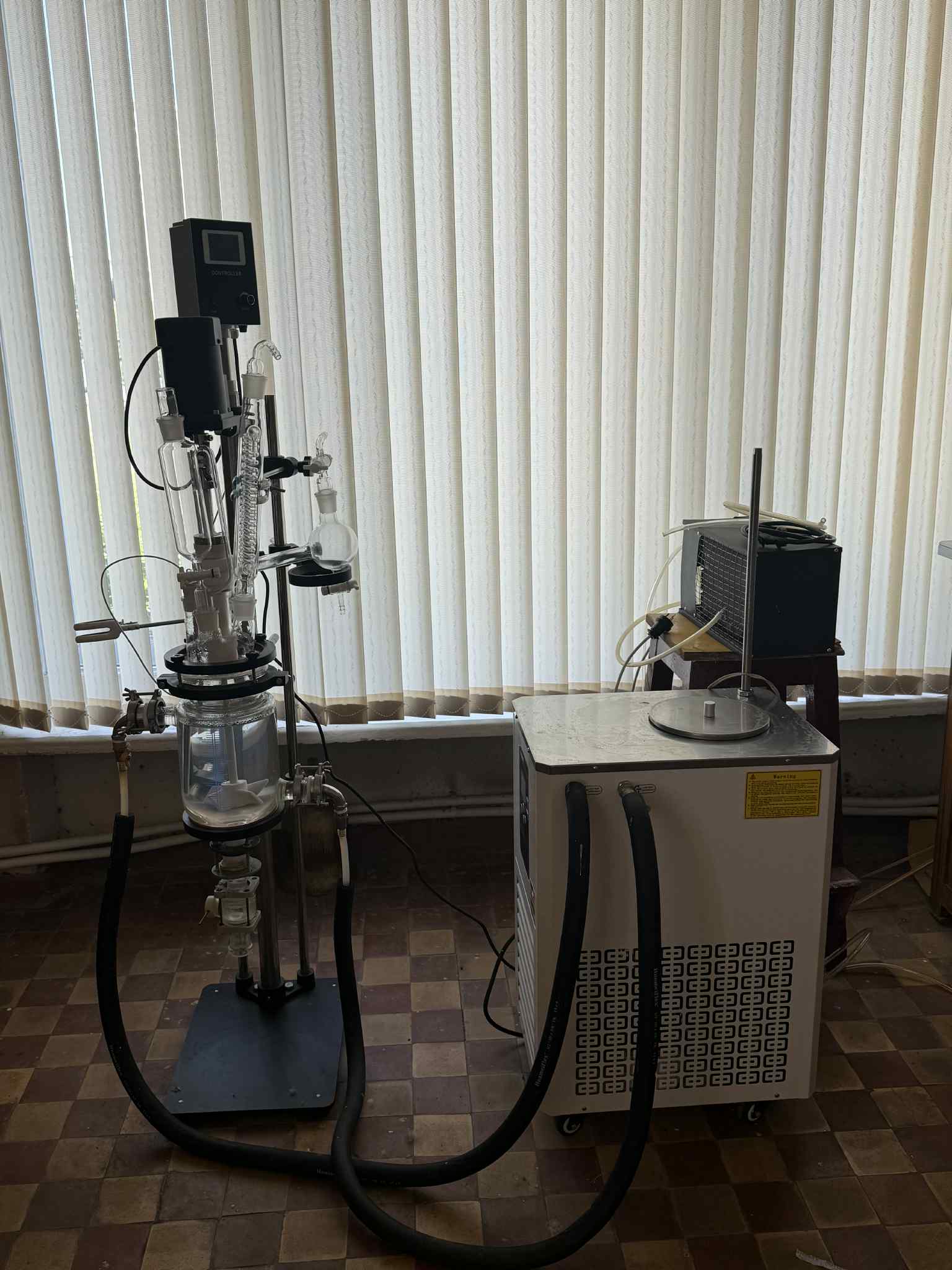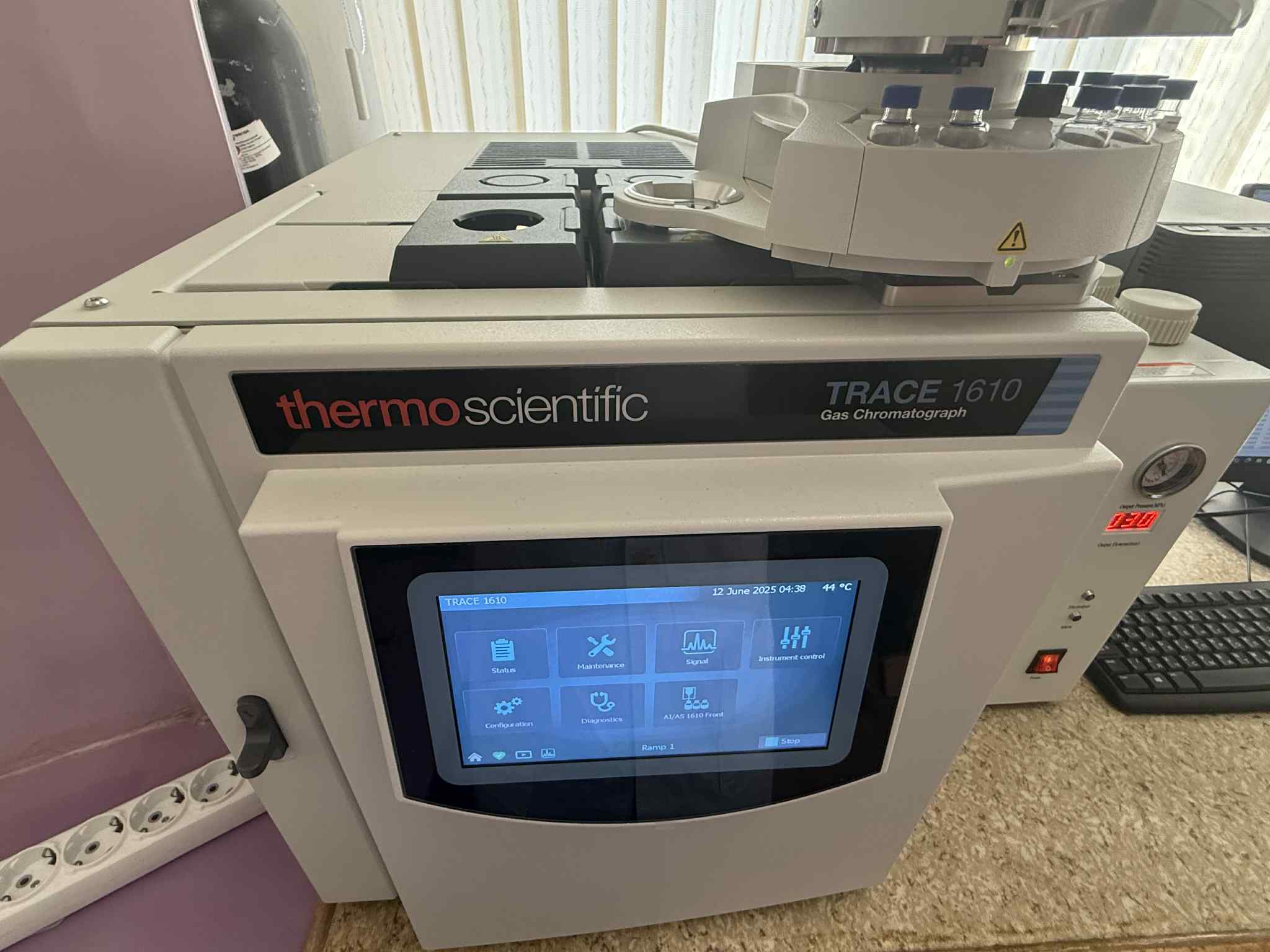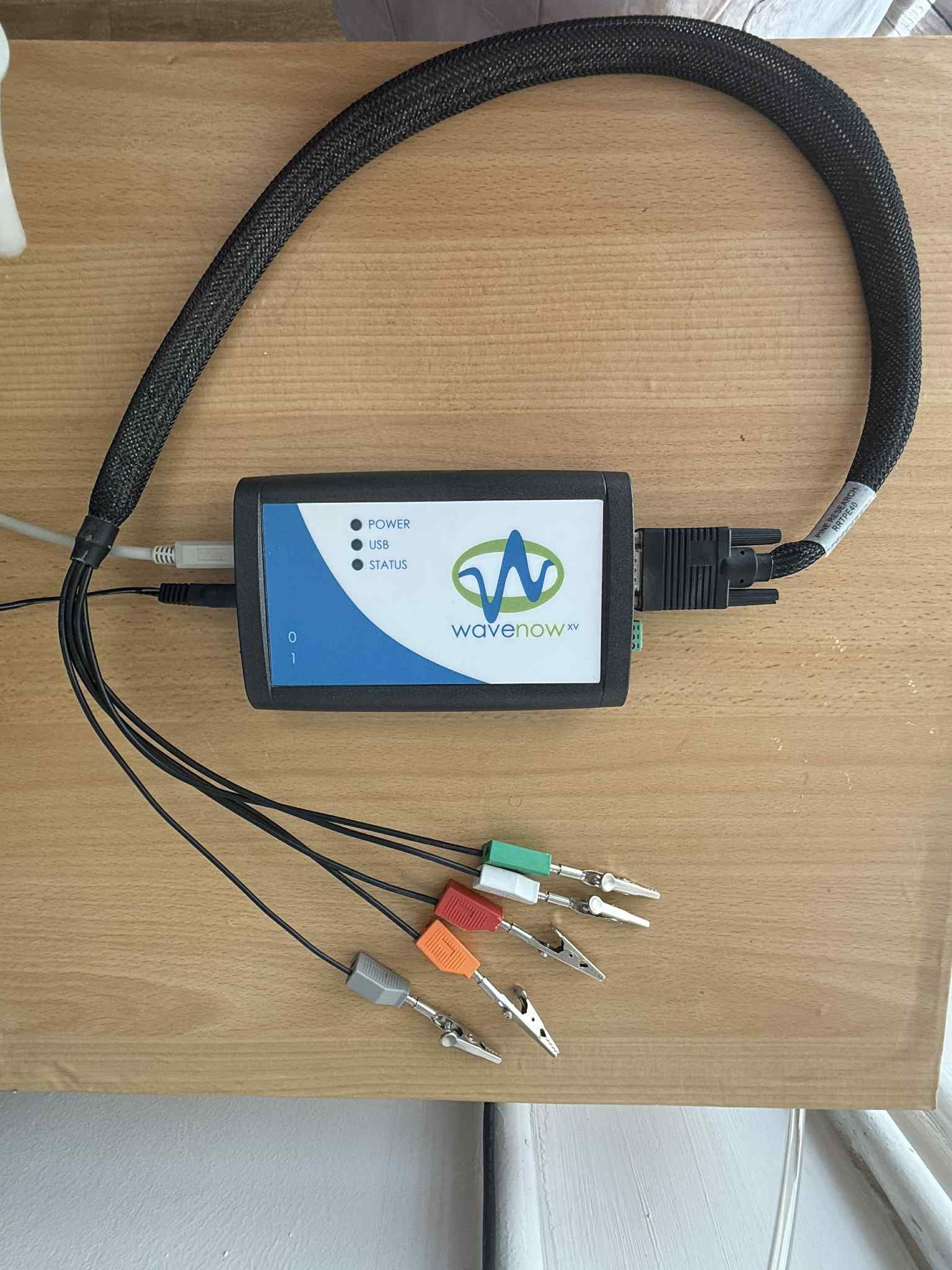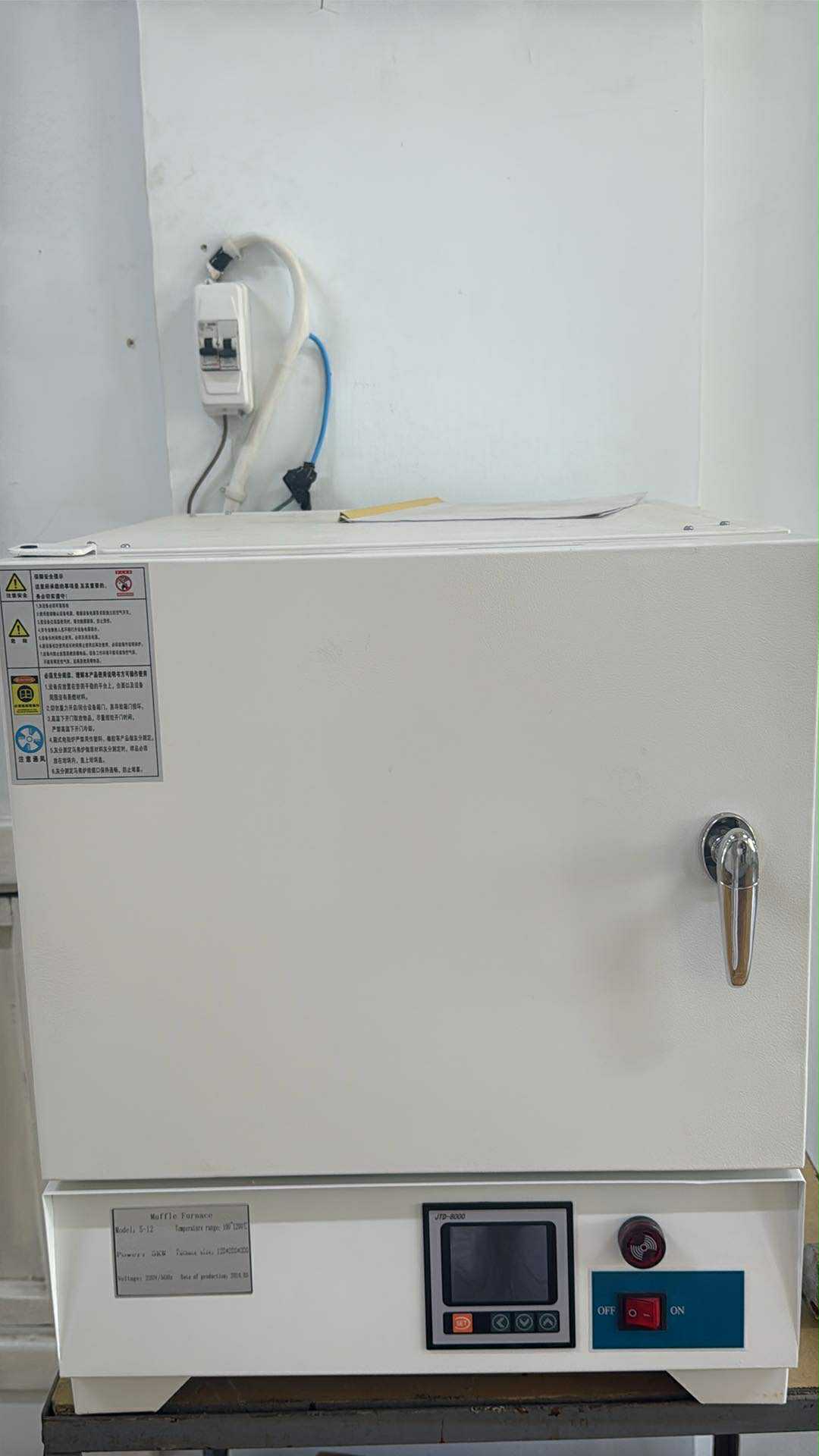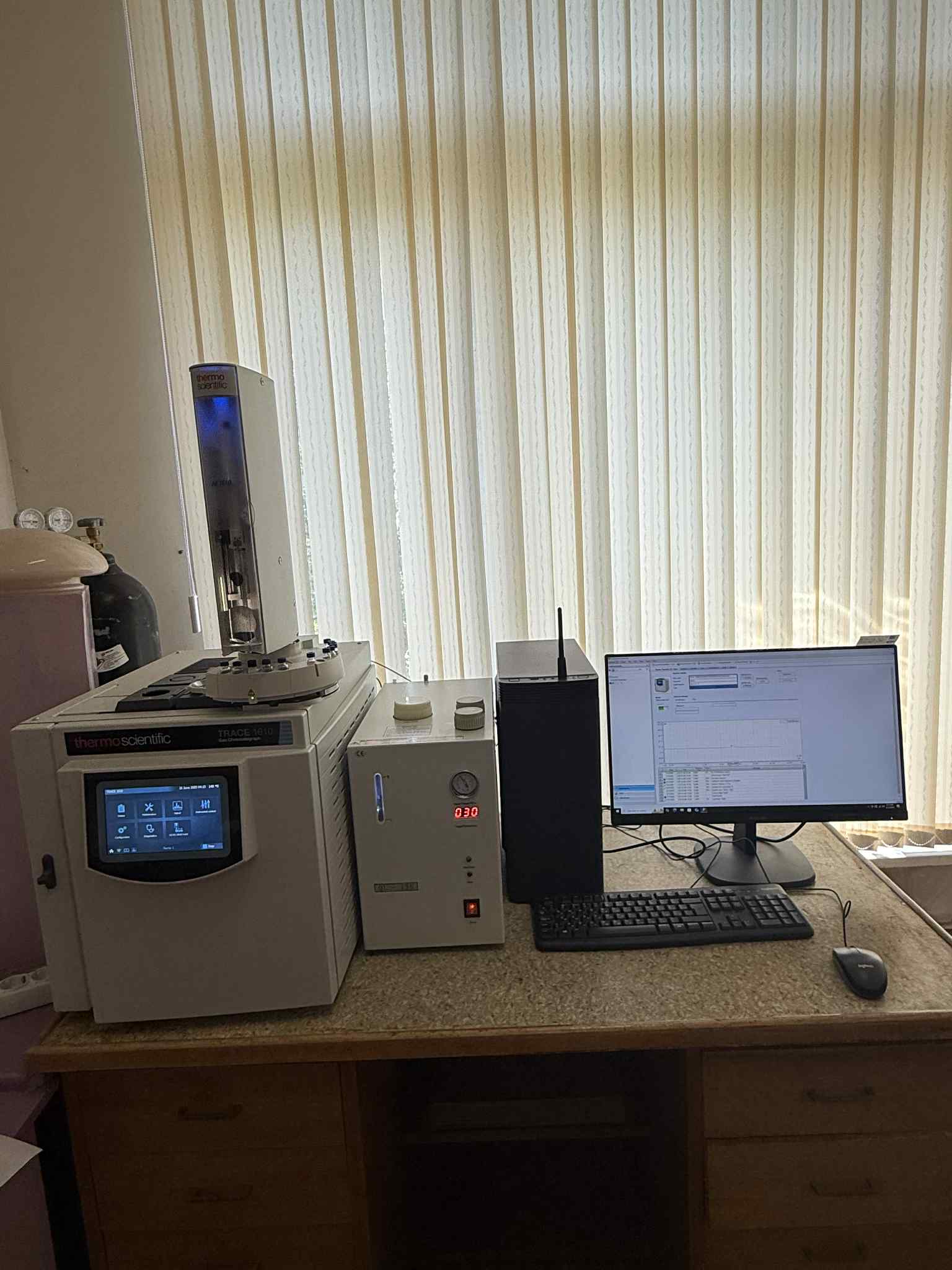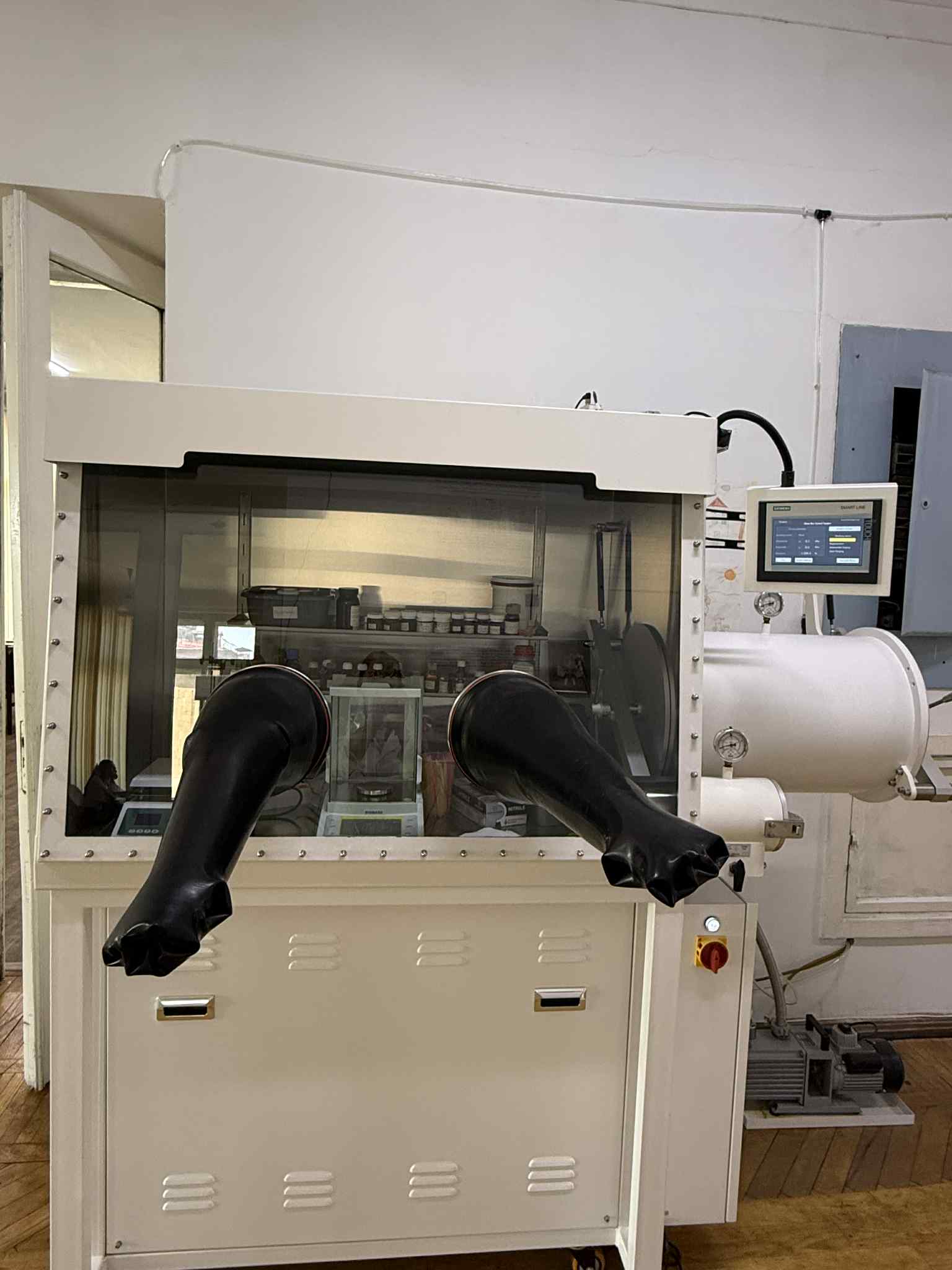Laboratory for Problems of Applied Chemistry
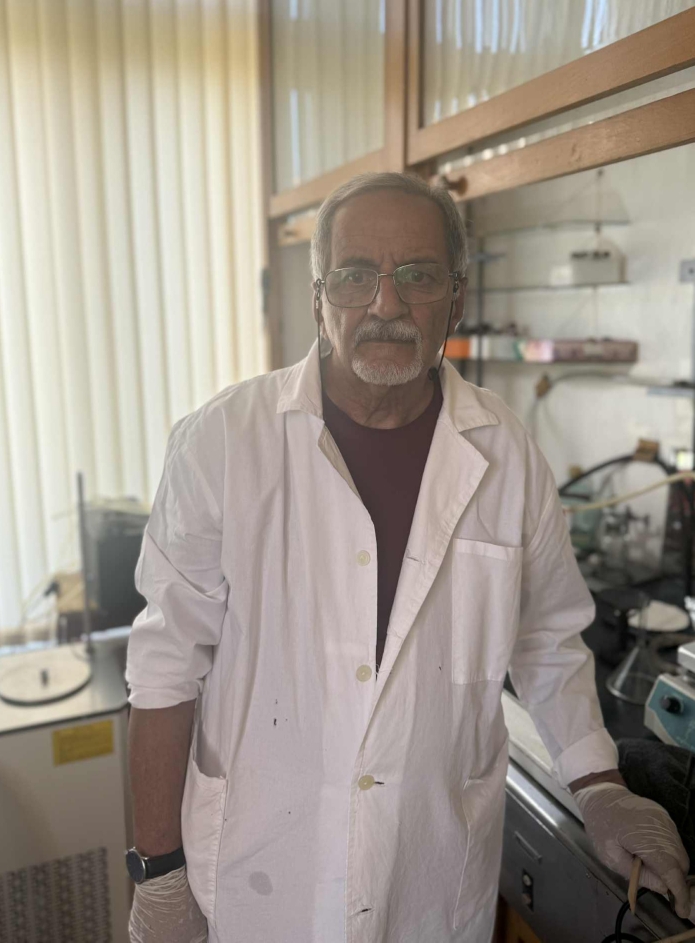 Head of the laboratory
Head of the laboratory
Hovhannes Sargis Attaryan, Doctor of Chemical Sciences,
ORСID: 000-0001-9790-2577
Phone: (+37410) 285-290
(+37477) 763-067
Email: hovelenatt@mail.ru
Main Research Directions of the Laboratory
The primary research areas of the laboratory include:
Synthesis of functionally substituted azoles
Development of technologies for the production of explosive materials
Synthesis of novel heterocyclic substituted butenolides and their transformations
Stable synthesis of azoles via micellar catalysis
The research is conducted using modern, high-precision instrumentation, ensuring the accuracy of experimental data in accordance with international scientific standards.
History of the Laboratory for Problems of Applied Chemistry
The laboratory was established in 1959 and was headed for many years by the renowned scientist S. G. Matsoyan. Initially, it was known as Laboratory No. 4 of the Institute of Organic Chemistry, and its original name was the Laboratory of Heterocyclic Monomers and Polymers.
Between 1959 and 1988, more than 400 scientific articles were published, and 50 PhD and doctoral dissertations were defended within the laboratory.
In 2010, the laboratory was renamed as the Laboratory for Problems of Applied <<Laboratory for Problems of Applied Chemistry>>Chemistry, under the leadership of Prof. G. V. Hasratyan, Doctor of Chemical Sciences.Since 2020, the laboratory has been headed by Prof. H. S. Attaryan, Doctor of Chemical Sciences.
Since its renaming, the laboratory has focused on the study of technologically modelled reactions, primarily centered on the synthesis of nitrogen-containing heterocyclic compounds.
Current activities
The laboratory currently employs 6 highly qualified specialists, including:
- 1 doctor of science
- 5 Candidates of Sciences (PhD equivalents)
Best results
- The effect of the nitro group on the formation of hydrogen bonds in methyl esters of 1-vinyl-4-nitro-3(5)- and 1-vinyl-5-nitro-3(5)-pyrazolecarboxylic acids has been studied.
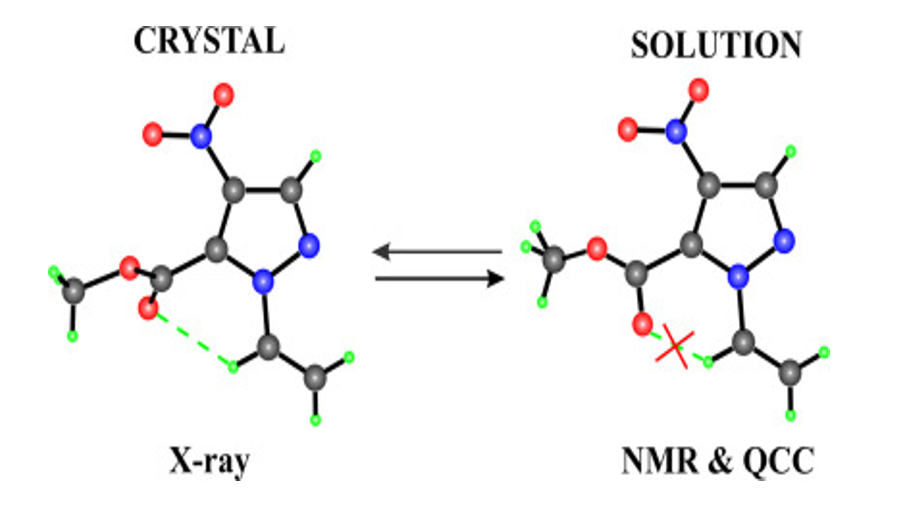
Journal of Molecular Structure, 2025. 1322, 140350. Doi:10.1016/j.molstruc.2024.140350
- Two biologically active fragments, γ-lactone and 2-aminopyridine, were combined in one molecule via a single bond. After a three-step synthesis we obtain a series of butenolides with various substituted pyridines in the 3rd position of a lactone ring. Compounds with a primary amino substituent on the pyridine ring undergo intramolecular cyclization and lead to new isoquinoline derivatives with skeletons similar to the “proton sponges”.
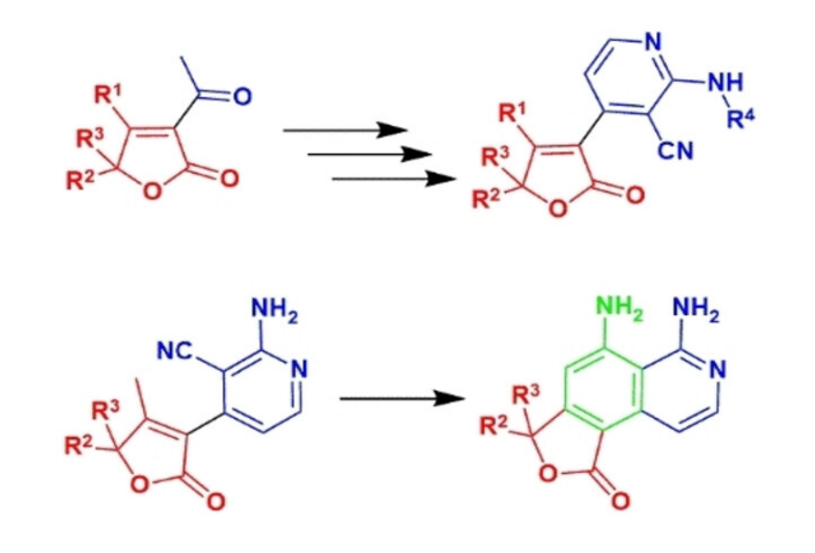
ChemistrySelect, 2023, 8(30). Doi: 10.1002/slct.202301183
- An efficient method for the N-alkylation of 3(5)-methyl-4-nitropyrazole under phase-transfer catalysis conditions has been developed. The effects of methyl substituents on the pyrazole ring during radical polymerization have been studied.
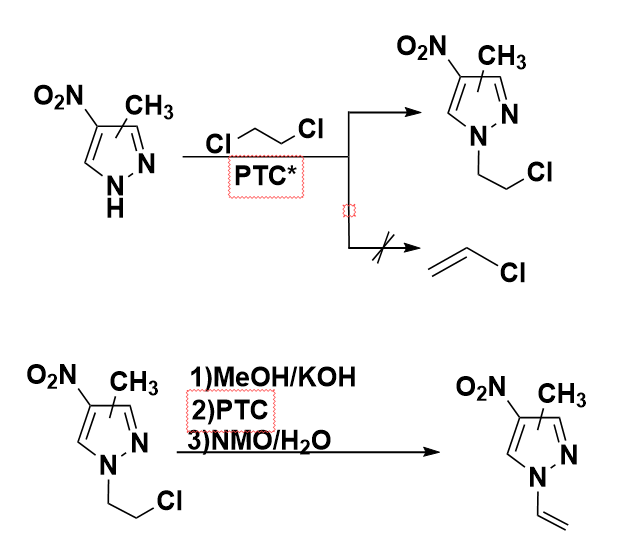
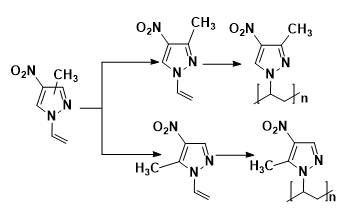
Известия высших учебных заведений. (2024), 67(12), 39-46. Doi:10.6060/ivkkt.20246712.7065
- A method for the alkylation of 3(5)-methylpyrazole with propargyl bromide under phase-transfer catalysis (PTC) conditions has been developed, followed by the separation of the resulting isomers and investigation of their polymerization behavior.
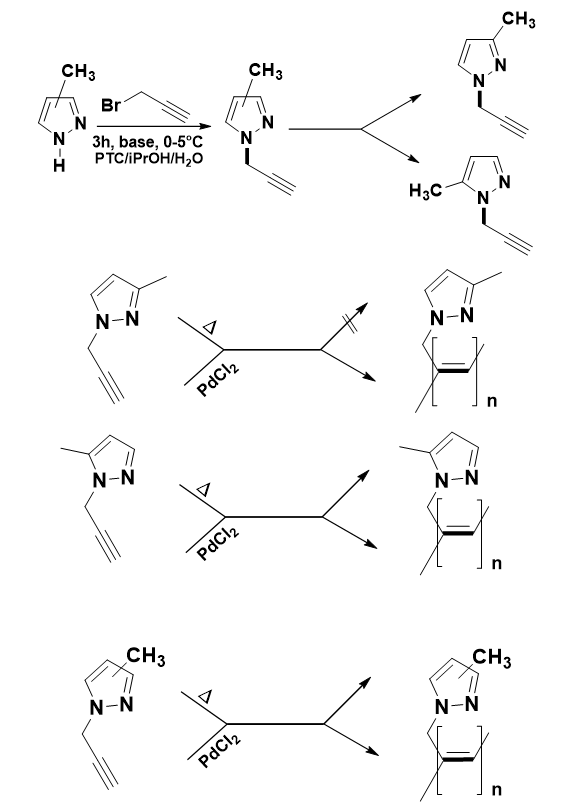
Известия высших учебных заведений. Химия и химическая технология, 68(4), 91-99. DOI: 10.6060/ivkkt.20256804.7168.
- New norbornenyl-substituted piperazine derivatives were synthesized, and their structure–activity relationships, pharmacological, and cytotoxic properties were studied with a focus on their potential application against breast cancer.
Journal of Applied Pharmaceutical Science, 2025, 15(6), 115-127. DOI: 10.7324/JAPS.2025.230239

The best works of recent years
- Асратян, А. Г., Данагулян, Г. Г., & Аттарян, О. С. (2021). American Scientific Journal, (51-1), 41-44. DOI: 10.31618/asj.2707-9864.2021.1.51.116
- Асратян, А. Г., Алексанян, А. Г., Данагулян, Г. Г., & Аттарян, О. С. (2022). Химия и химическая технология, 65(1), 6-22. DOI: 10.6060/ivkkt.20226501.6485
- Aleksanyan, A. G., Hakobyan, R. M., Shahkhatuni, A. G., Shahkhatuni, A. A., & Attaryan, H. S. (2022). Journal of Heterocyclic Chemistry, 59(11), 1927-1934. Doi:10.1002/jhet.4529
- Балян К.В., Погосян А.Р., Мовсисян Л.А., Саргсян А.Б., Аттарян О.С., Айвазян А.Г., Обосян Н.Г. (2023). Журнал органической химии, 59, 1223-1227. Doi.org/10.31857/S0514749223090124
- Маркосян А. Дж., Хачатрян А.Н., Акопян Р.М., Асратян А.Г., Аттарян О.С. (2023). Некоторые успехи органической и фармацевтической химии, 4, 244-258.
- Hakobyan, R. M., Shahkhatuni, A. A., Attaryan, H. S., Ayvazyan, A. G., & Melikyan, G. S. (2023). ChemistrySelect, 8(30). Doi: 10.1002/slct.202301183
- Shahkhatuni, A. A., Aleksanyan, A. G., Aghekyan, M. A., Hakobyan, R. M., Shahkhatuni, A. G., & Attaryan, H. S. (2024). Известия высших учебных заведений. Химия и химическая технология, 67(3), 119-126. DOI: 10.6060/ivkkt.20246703.6942
- Акопян Р.М., Харатян Л., Айоцян С.С., Аттарян О.С., Меликян Г.С. (2024). ChemChemTech, 67, 28-40 Doi:10.6060/ivkkt.20246707.7068
9. Hakobyan, R. M., Shahkhatuni, A. G., Polynski, M. V., Ayvazyan, A. G., Aleksanyan, A. G., Bichakhchyan, L. A., … & Attaryan, H. S. (2025). Journal of Molecular Structure, 1322, 140350. Doi:10.1016/j.molstruc.2024.140350 - Bichakhchyan, L. A., Markosyan, A. J., Badalyan, K. S., Attaryan, H. S., Khachatryan, H. N., & Shakhatuni, A. G. (2024). Известия высших учебных заведений. Химия и химическая технология, 67(12), 39-46. Doi:10.6060/ivkkt.20246712.7065
- Sukoyan, A. H., Bichakhchyan, L. A., Movsisyan, T. G., Hakobyan, R. M., Attaryan, H. S., & Shakhatuni, A. G. (2025). Известия высших учебных заведений. Химия и химическая технология, 68(4), 91-99. DOI: 10.6060/ivkkt.20256804.7168.
- Bichakhchyan, L. A., Sukoyan, A. H., Movsisyan, T. G., & Attaryan, H. S. (2024). Russian Journal of Applied Chemistry, 97(10), 772-777. Doi:10.1134/S107042722410001X
- Hobosyan, N. G., Balyan, K. V., Movsisyan, L. A., Hovsepyan, V. S., Ayvazyan, A. G., Panosyan, H. A., … & Pogosyan, H. R. (2025). ChemistryOpen, e202400443. Doi:10.1002/open.202400443
- Hakobyan, R. M., Adunts, H. V., Attaryan, H. S., Muradyan, R. E., Arakelyan, H. G., Mirakyan, N. A., … & Melikyan, G. S. (2025). Известия высших учебных заведений. серия «химия и химическая технология», 68(7), 35-47. DOI:10.6060/ivkkt.20256807.7224
- Badalyan, K., Babayan, N., Kalita, E., Grigoryan, N., Sarkisyan, N., Grigoryan, R., … & Khondkaryan, L. (2025). Journal of Applied Pharmaceutical Science, 15(6), 115-127. DOI: 10.7324/JAPS.2025.230239
Staff
Hovhannes Attaryan – Head of Laboratory
Hasmik Khachatryan – Researcher
Naghash Mirakyan – Researcher
Robert Hakobyan – Group Leader
Lilit Bichakhchyan – Junior Researcher
Levon Kharatyan – Senior Laboratory Assistant
Hasmik Nikoghosyan – Junior Researcher
Maria Petrosyan – Laboratory Assistant
Astghik Sukoyan – Junior Researcher
Tatevik Movsisyan – Junior Researcher
Tigran Haroyan – Laboratory Assistant
Hovhannes Adonts – Senior Laboratory Assistant
Anush Galstyan – Laboratory Assistant
Ashkharuhi Aleksanyan – Junior Researcher
Laboratory
equipment
